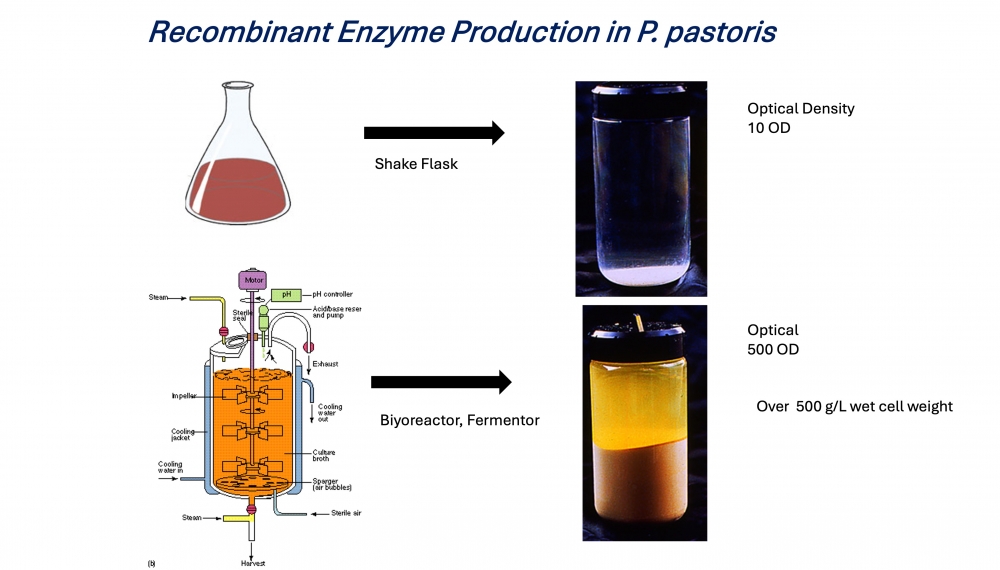JOURNAL 3132
Records of Agricultural and Food Chemistry
Year: 2024 Issue: 3 Special Issue: Abstracts 3rd. TCS, International Food Chemistry Congress February 29-March 03,2024 Antalya Türkiye
p.82 - 82
Viewed 1834 times.
GRAPHICAL ABSTRACT

ABSTRACT
Enzymes are widely used in food processing and the production of food ingredients. Early efforts to extract enzymes from culturable microorganisms, plants, and mammalian tissues were generally not well adapted to the conditions used in modern food production methods. The use of recombinant DNA technology has made it possible to produce new enzymes suitable for specific food processing conditions. Such enzymes can be discovered by screening microorganisms sampled from various environments or can be developed by modification of known enzymes using modern methods of protein engineering or molecular evolution. As a result, several important food-processing enzymes, such as amylases and lipases, have become available with properties adapted to specific food applications. Another important achievement is the improvement of microbial production strains. For example, several microbial strains recently developed for enzyme production have been engineered to increase enzyme yield by deleting natural genes encoding extracellular proteases. Thanks to recombinant DNA technology, it is now possible to produce highly efficient enzymes suitable for specific food processing conditions. By applying genetic engineering tools, the desired enzyme gene is cloned and expressed on a large scale in the host microorganism. Several genetically modified microbial strains have been developed for enzyme production, which promotes increased enzyme yield as well as elimination of secondary metabolite production. This talk will cover the basic strategies of cloning and expression of recombinant food processing enzymes in Pichia pastoris. It also includes the general structure and characteristics of Pichia host strains and the associated advantages and disadvantages of their use.
KEYWORDS- Recombinant enzymes
- Pichia pastoris
- food enzymes